The Rise and Fall of the Comanche ‘Empire’
For centuries, scholars have been intrigued by the history of the Comanche’s rise from passive hunter-gatherers to seasoned warriors following the arrival of settlers in North America.
From their rise to valiant warriors feared throughout the southern plain of North America to their eventual downfall, here’s everything you need to know about the Comanche Empire.
Native Americans Spread Throughout the Continent
In prehistoric times, many nomadic tribal groups, some of which lived on the continent for more than 13,000 years, populated modern-day North America.
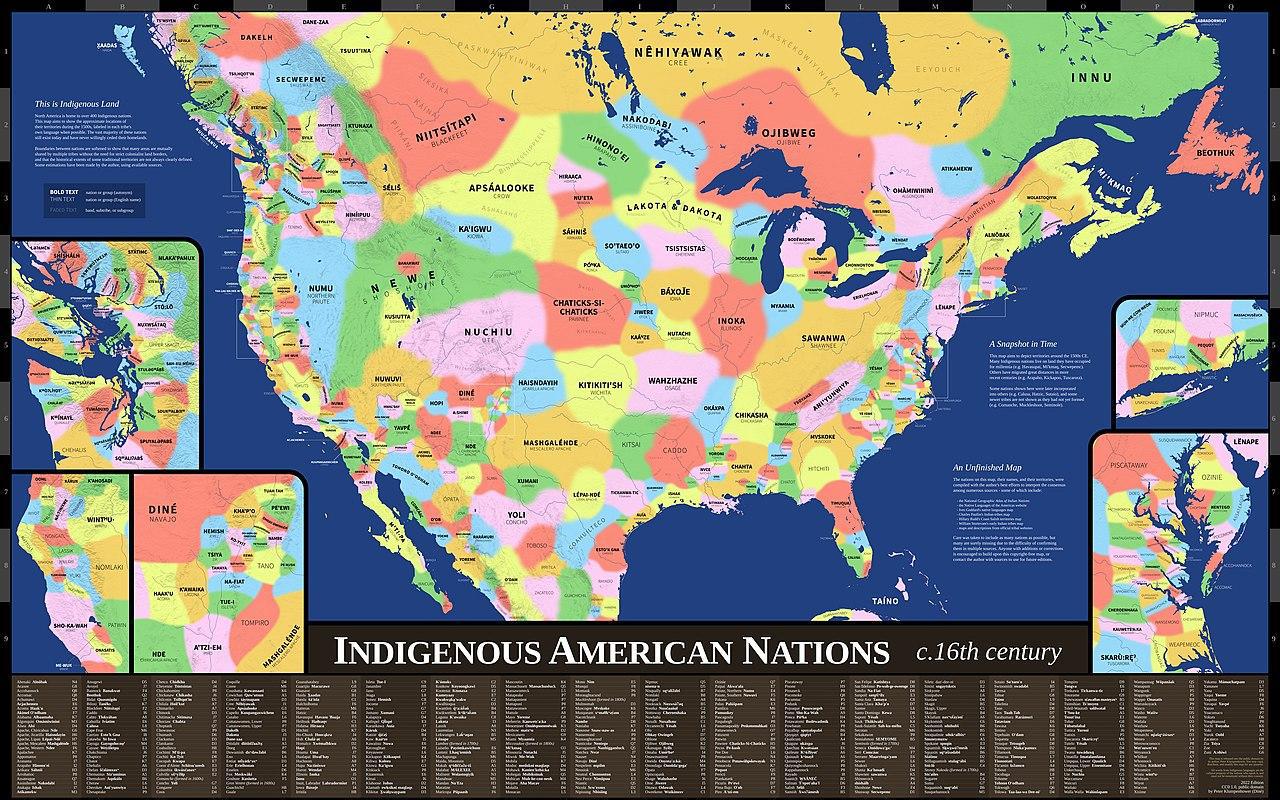
Source: Wikimedia
In the wake of North America’s colonization by European settlers, we begin to receive our earliest historical sources speaking on interactions between settlers and the natives of the continent.
Settlers Begin to Colonize North America
During the 1600s, English settlers began arriving in what would become New England and encountered various Native Americans living in the region. Some decided to trade with the settlers, while others even helped them form small colonies.
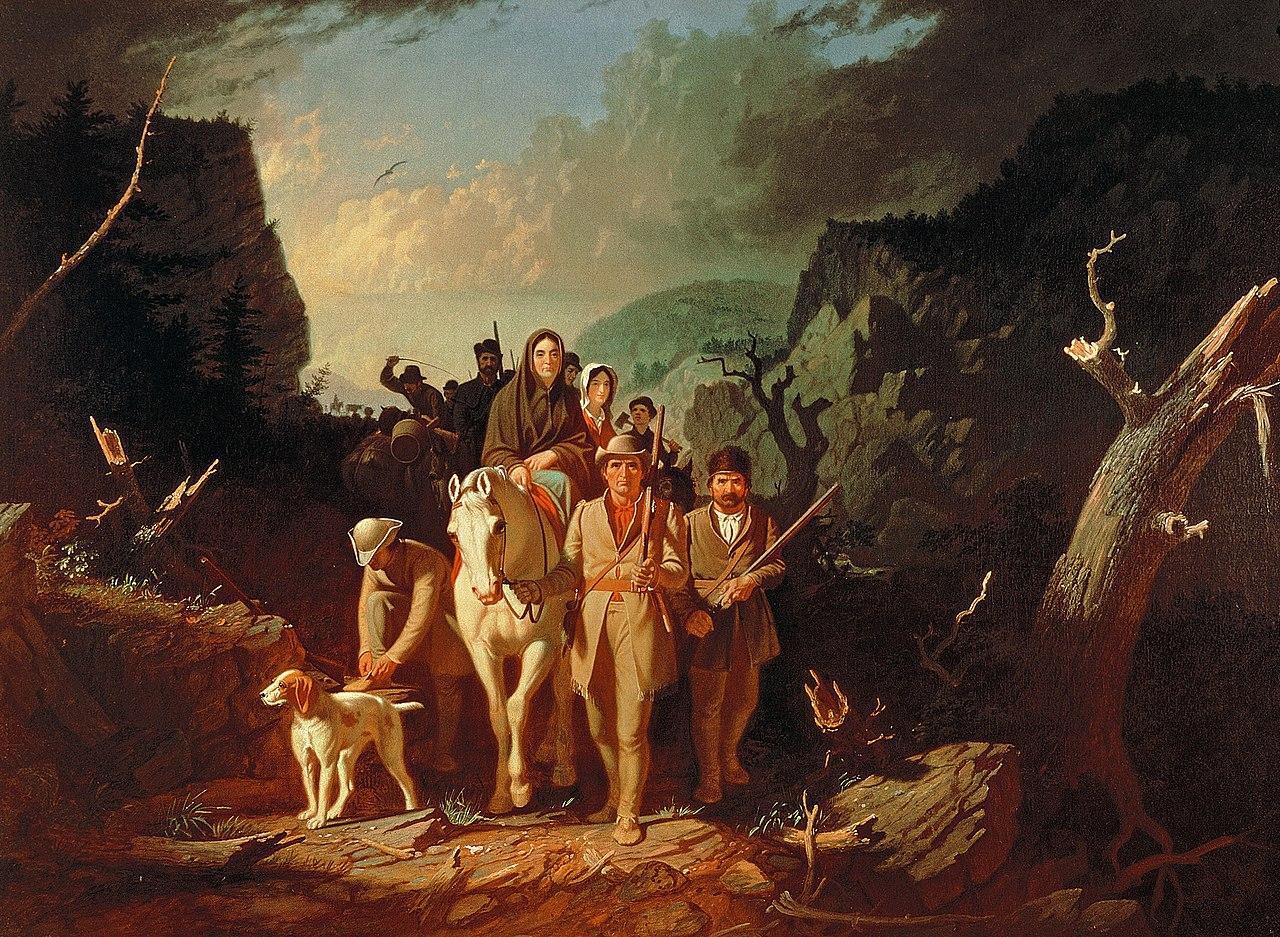
Source: Wikimedia
As settlers began spreading throughout North America, they came into contact with more hostile tribes, many of which engaged in periodic attacks on the settlers and wanted no part in their trade. Of these tribes, the Comanche were the most dangerous and feared.
Nomadic Hunter-Gatherers Turned Into Fierce Warriors
Historians have theorized that the Comanche were part of the Shoshone people of the Great Basin in ancient times. They were nomadic hunter-gatherers and migrated with the seasons.
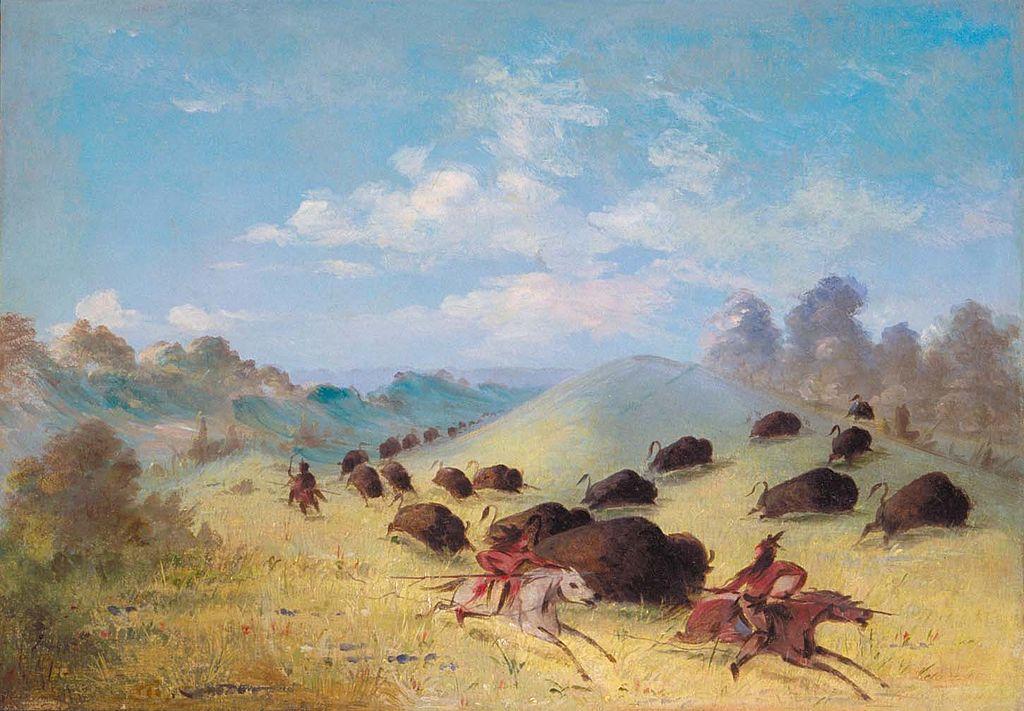
Source: Wikimedia
By the 18th century, they had settled in northwestern Texas and adjacent areas in eastern New Mexico, southwestern Kansas, southeastern Colorado, and western Oklahoma. By this period, they had morphed into fearsome warriors after being introduced to the horse.
The Rise and Fall of the Comanche
S.C. Gwynne’s book Empire of the Summer Moon tells the fascinating story of the Comaches. It details the rise and fall of the Comanche nation, which correlates with the struggle for control of the American Midwest.
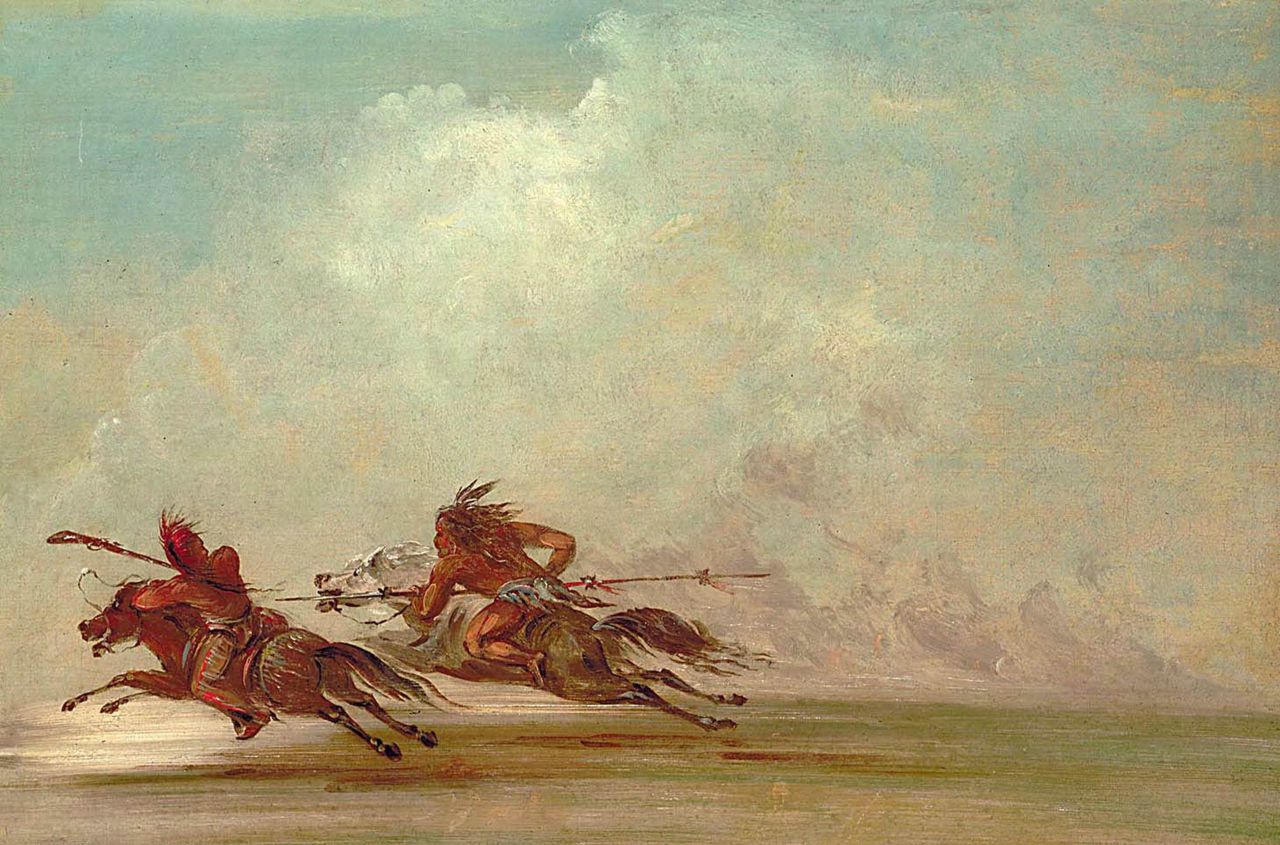
Source: Wikimedia
Speaking on his study of the Comanche, Gwynne recalls, “When I started to read a little bit about them, I realized that they were just this enormous force — this enormous force of nature sitting in the middle of the North American continent who determined how the West opened.”
Comanches Push Back Settlers for Centuries
According to Gwynne, the Comanche played a pivotal role in stopping the Spanish from coming to the North and halting the French expansion from Louisiana.

Source: Wikimedia
He explains the Comanche are why the “West Coast and the East Coast settled before the middle of the country. Here was why there was basically a 40-year wait before you could develop the state of Texas or before other Plain states could be developed.”
The Spartans of North America
Following the slow colonization of North America, historians suggest the Comanche evolved into a warrior-based society in a style similar to that of the Spartans who lived in ancient Greece.
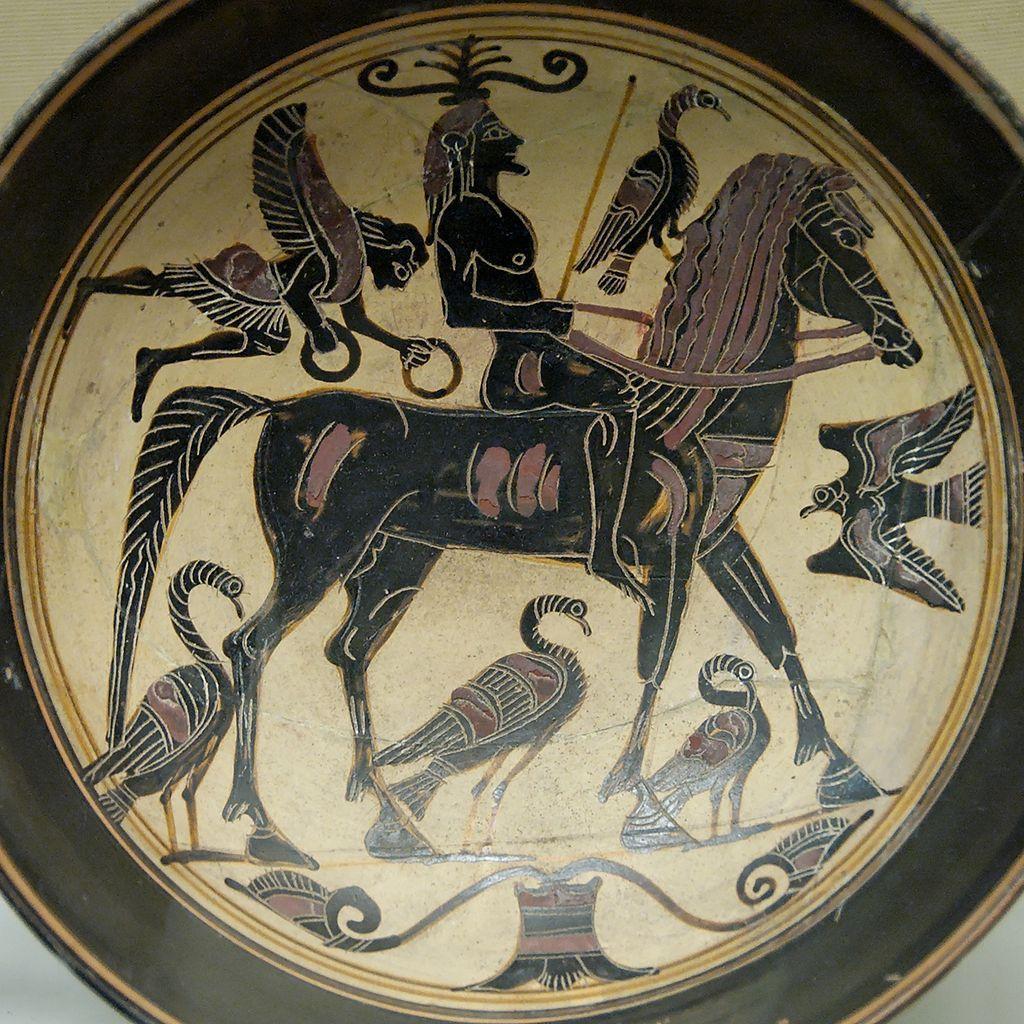
Source: Wikimedia
“The Comanches were kind of like the Spartans. Because of their incredible military mastery, which derived from the horse — they were the prototype horse tribe, the tribe that could do more with the horse than any other tribe could,” he said.
Comanche Children Become Warriors
The Comanches taught their males how to ride a horse from a very young age, and by their teens, many were already considered warriors.
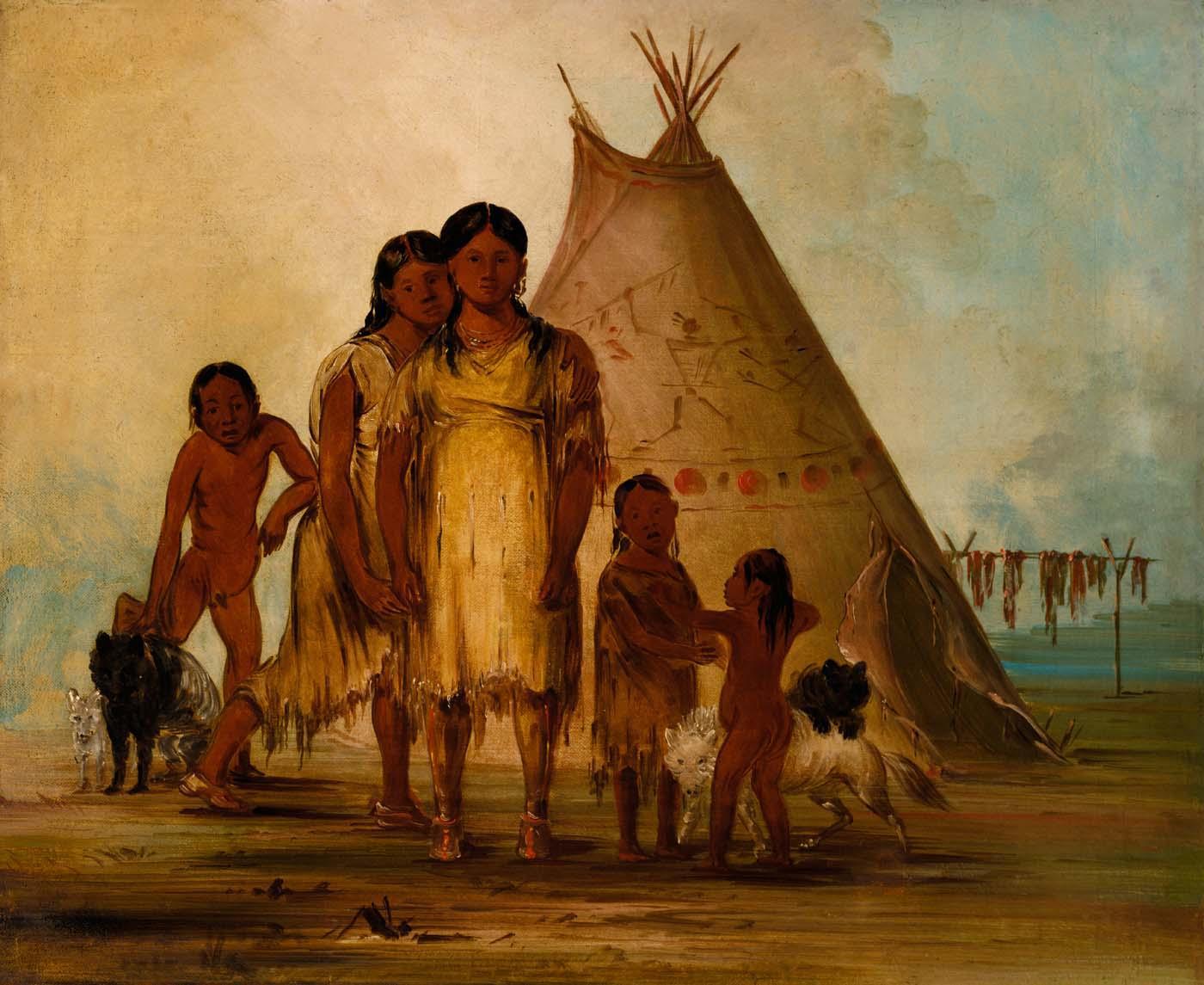
Source: Wikimedia
“They were amazingly stripped down in that they didn’t have social organization or religious organization. They didn’t weave baskets. They had a very stripped-down culture. So within that culture the boys learned to hunt and ride at a very early age and they would become a warrior in their midteens,” said Gwynne.
Brutal Aspects of a Comanche Raid
They became feared throughout North America not only for their skills but also for their brutal tactics during raids, in which every adult male would be killed or executed.
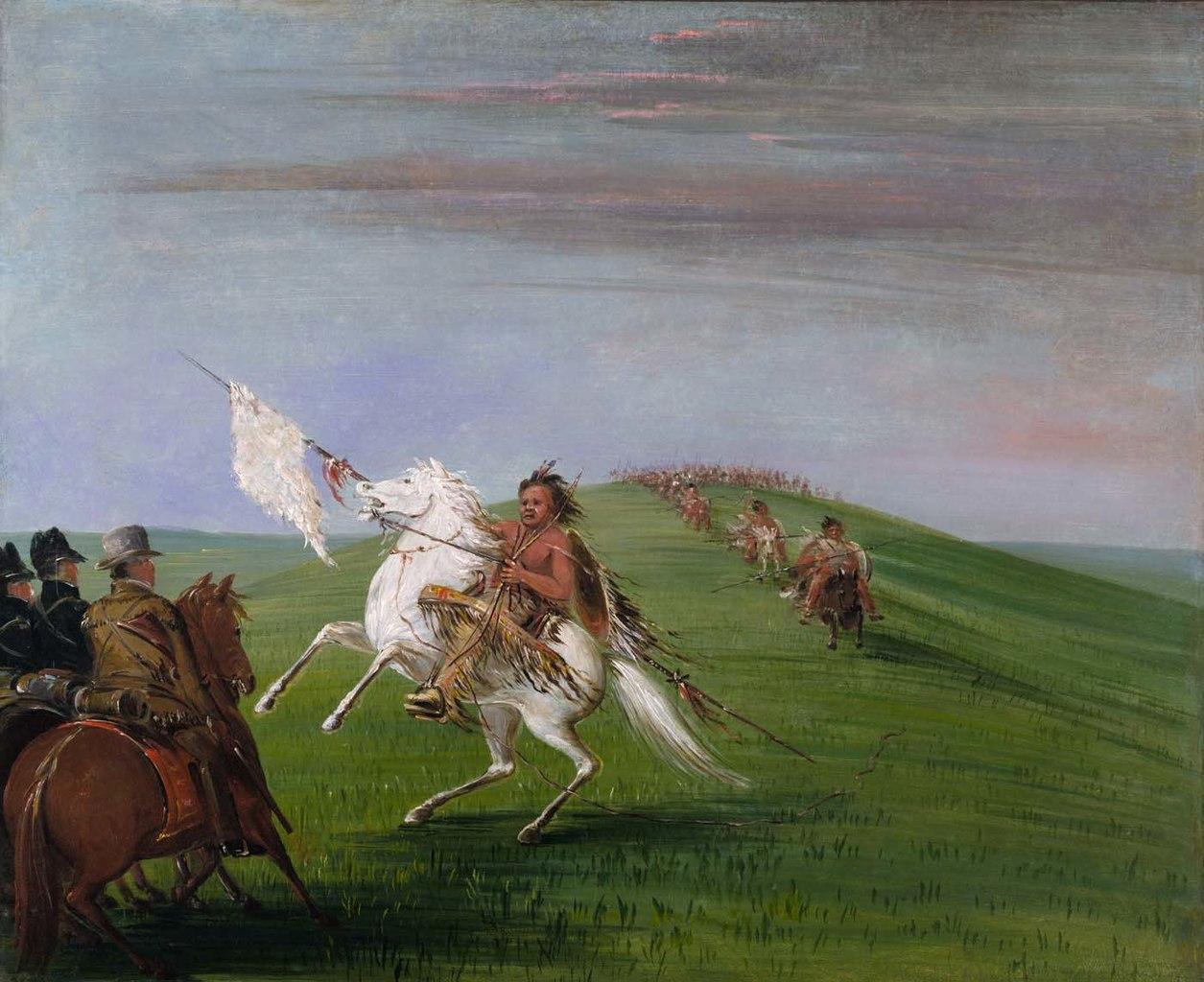
Source: Wikimedia
Speaking on the brutality of Comanche warfare, Gwynne explained, “Small children were killed. Very small children were killed. A lot of the children in, say the 3-10 range were often taken as captives. The women were often raped and often killed.”
The Comanche are Compared to the Tribes of Ancient Europe
Despite the terrifying evidence that suggested the Comanche were incredibly warlike, there was an attempt to deny this at one point,
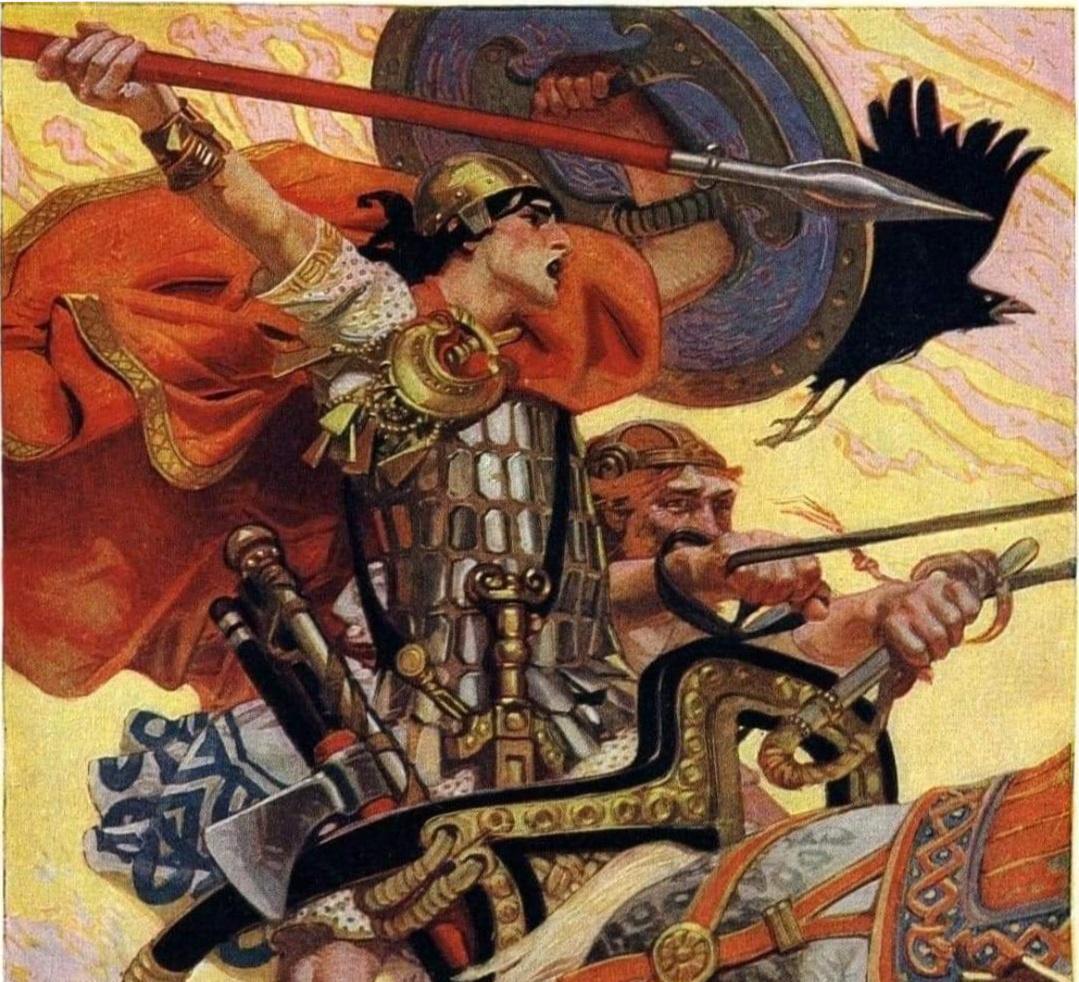
Source: Wikimedia
“You know, if you look at the Comanches and you look back in history at Goths and Vikings or Mongols or Celts — old Celts are actually a very good parallel. In a lot of ways, I think we’re looking back at earlier versions of ourselves,” he said.
The Beginning of The Comanche Downfall
The Comanches’ entire existence became reliant on two things: war and buffalo. Ultimately, their reliance on the latter would play a significant role in their downfall.

Source: Wikimedia
Generals of the West, including Phillip Sheridan and William Sherman, believed if “You kill the buffalo, you destroy the Indian’s commissary. So, it became political in the end. Yes, let’s kill all the buffalos, and then it’s the end of Plains Indians because there is no Plains Indian without a buffalo.”
Outbreak of Disease Leads to Surrender
By the 19th century, outbreaks of cholera and smallpox drastically depleted the Comanche numbers. This, coupled with the slaughter of over 30 million buffalo between 1868 and 1881, led to the collapse of the Comanche Empire.
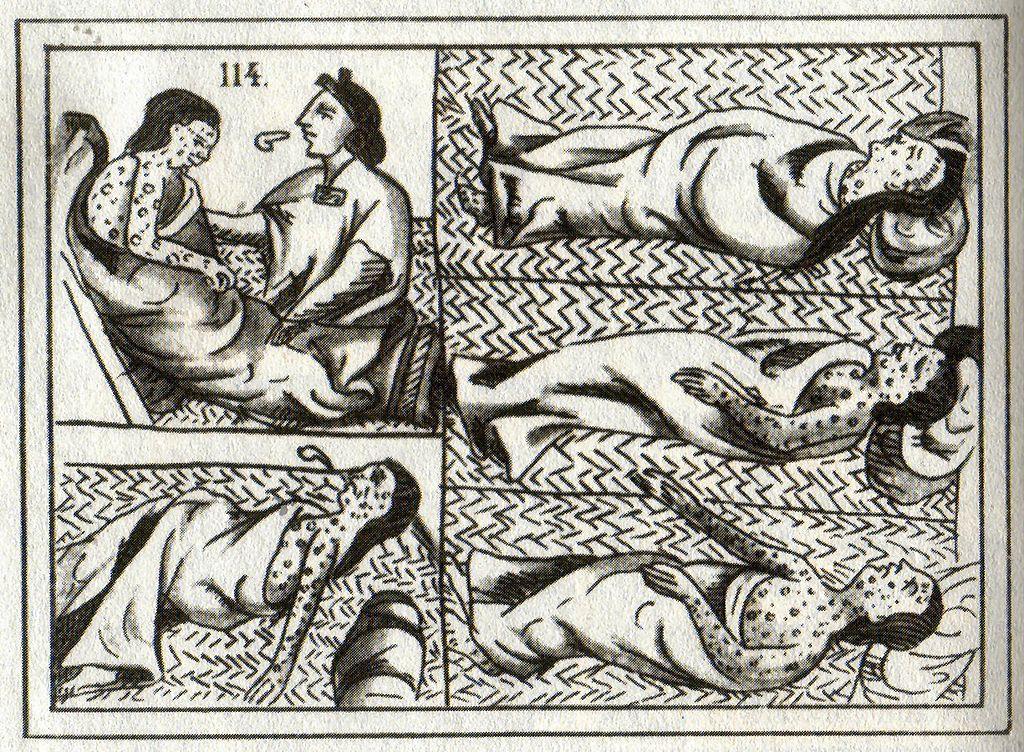
Source: Wikimedia
Having lost a significant portion of their population to starvation and disease, the Comanche surrendered to the United States in 1875. They were then moved to a reservation in Oklahoma.
